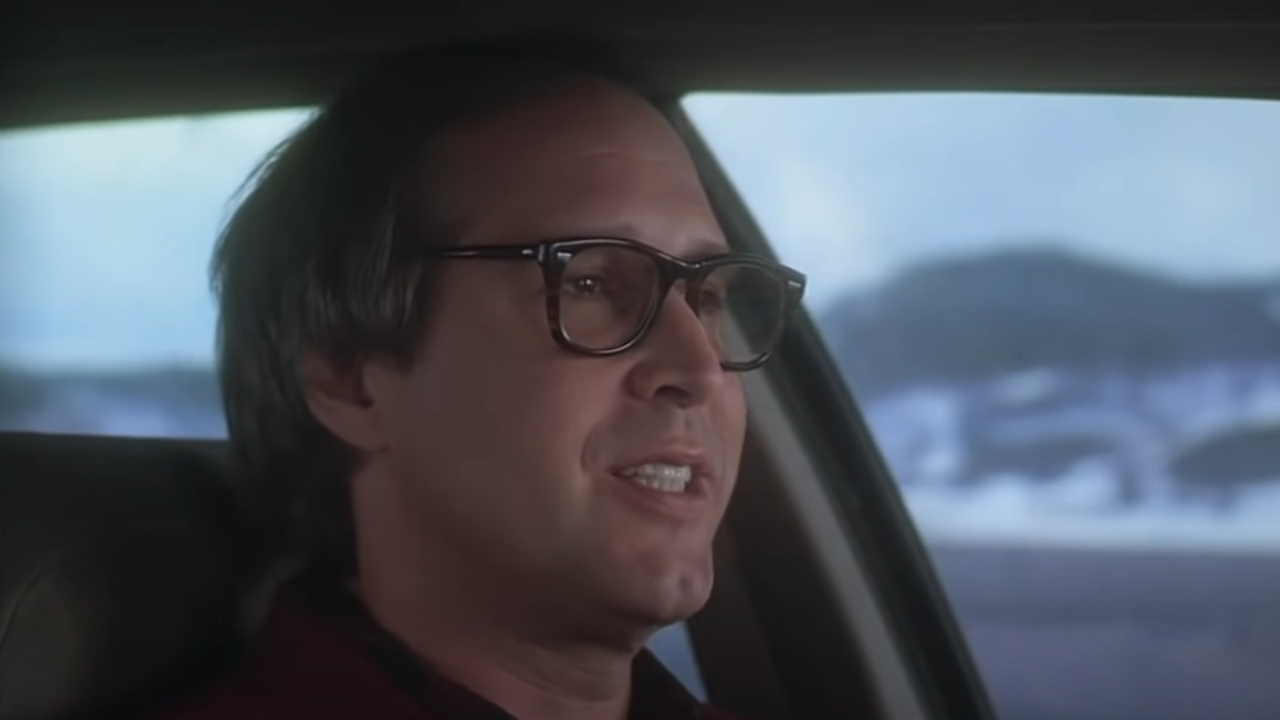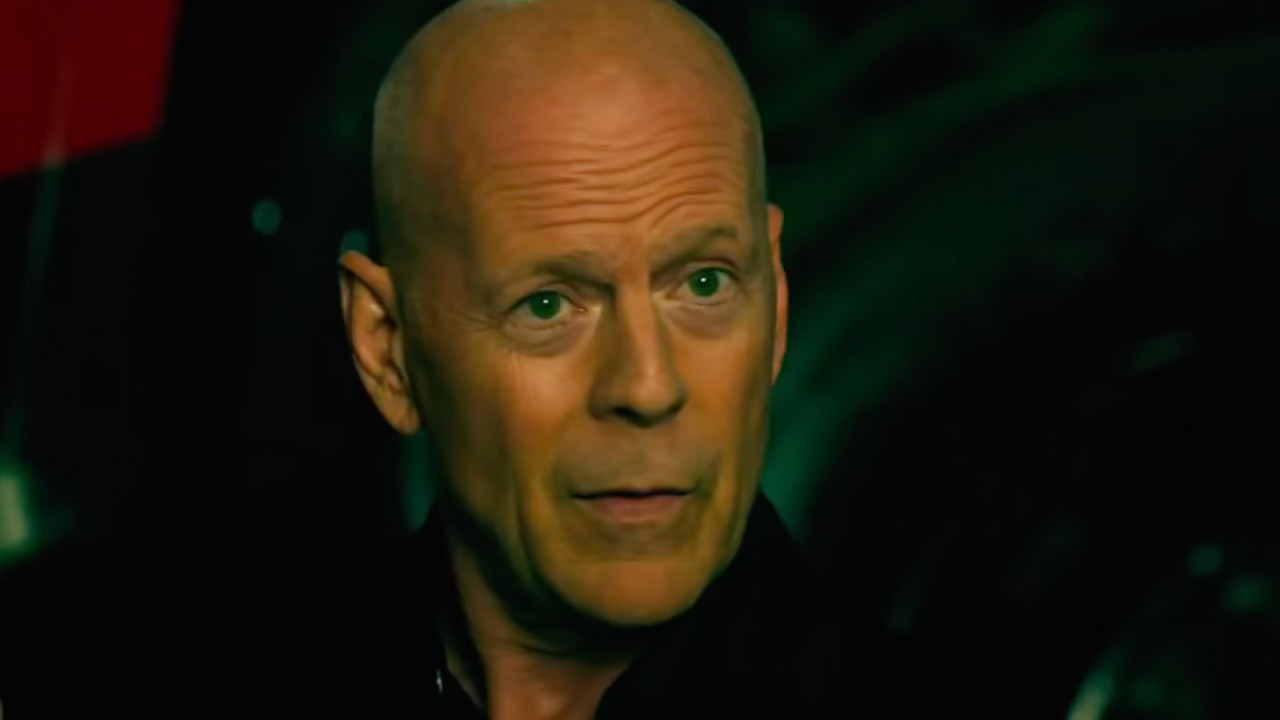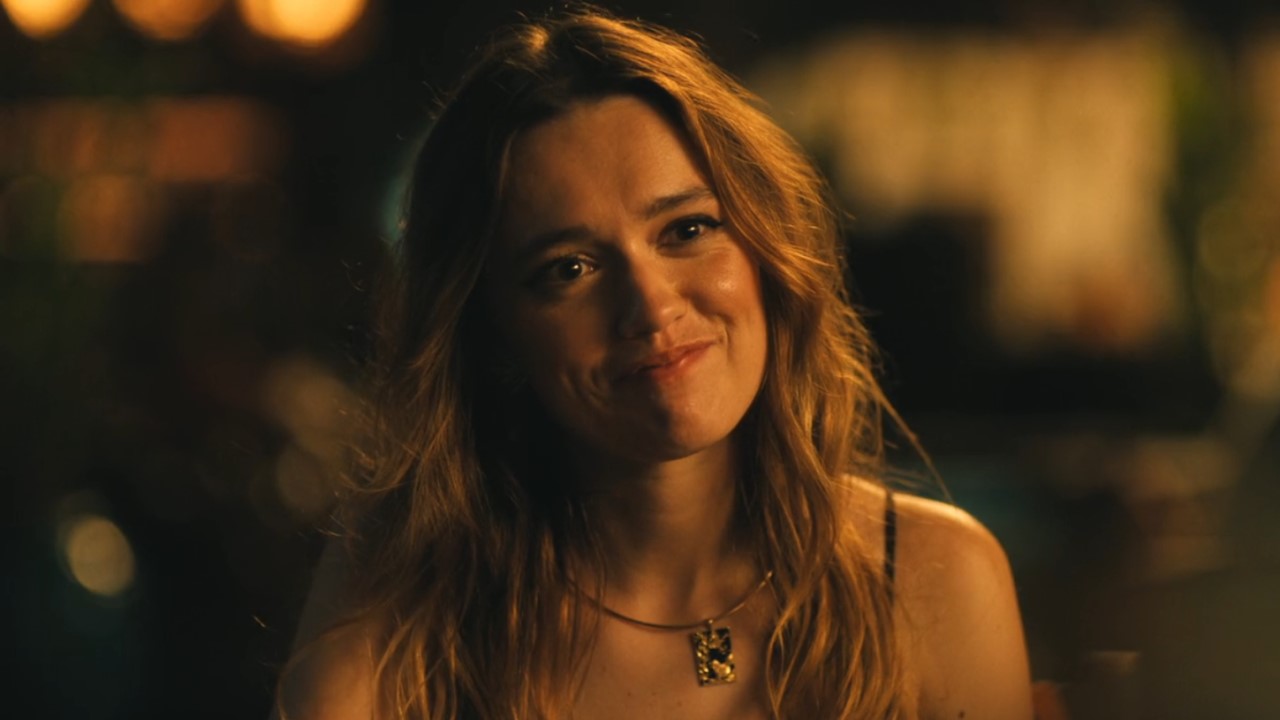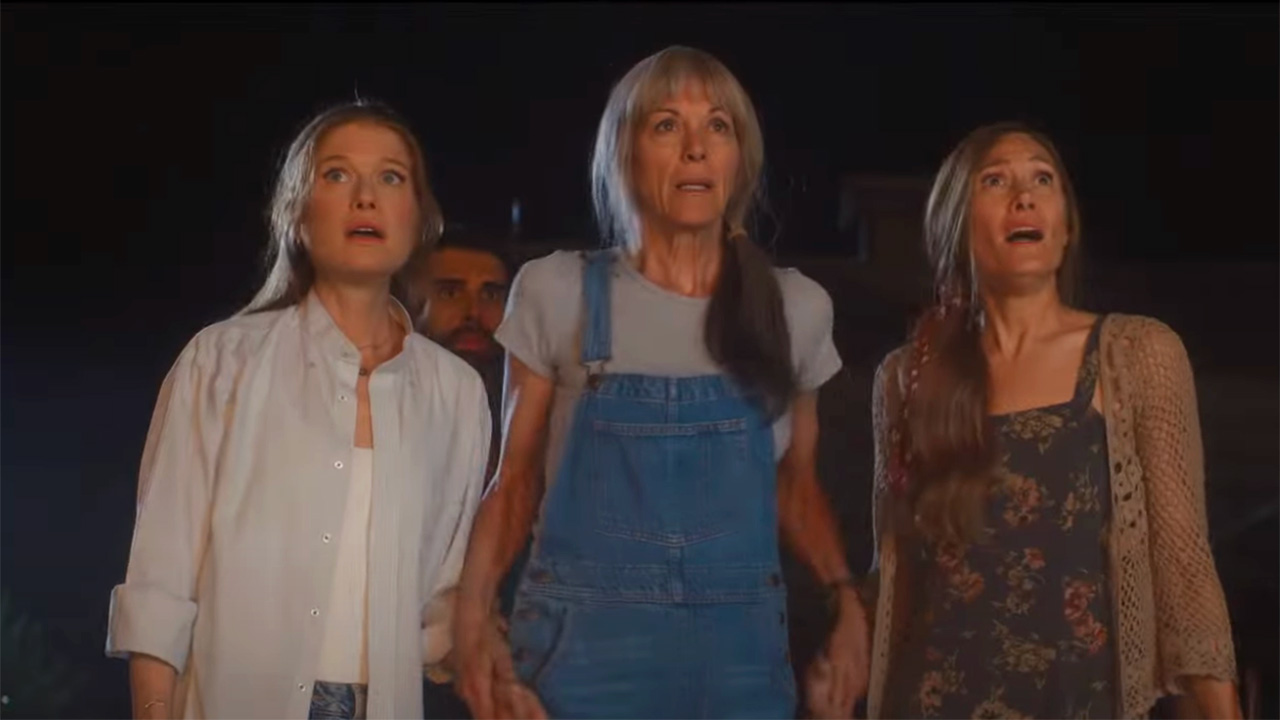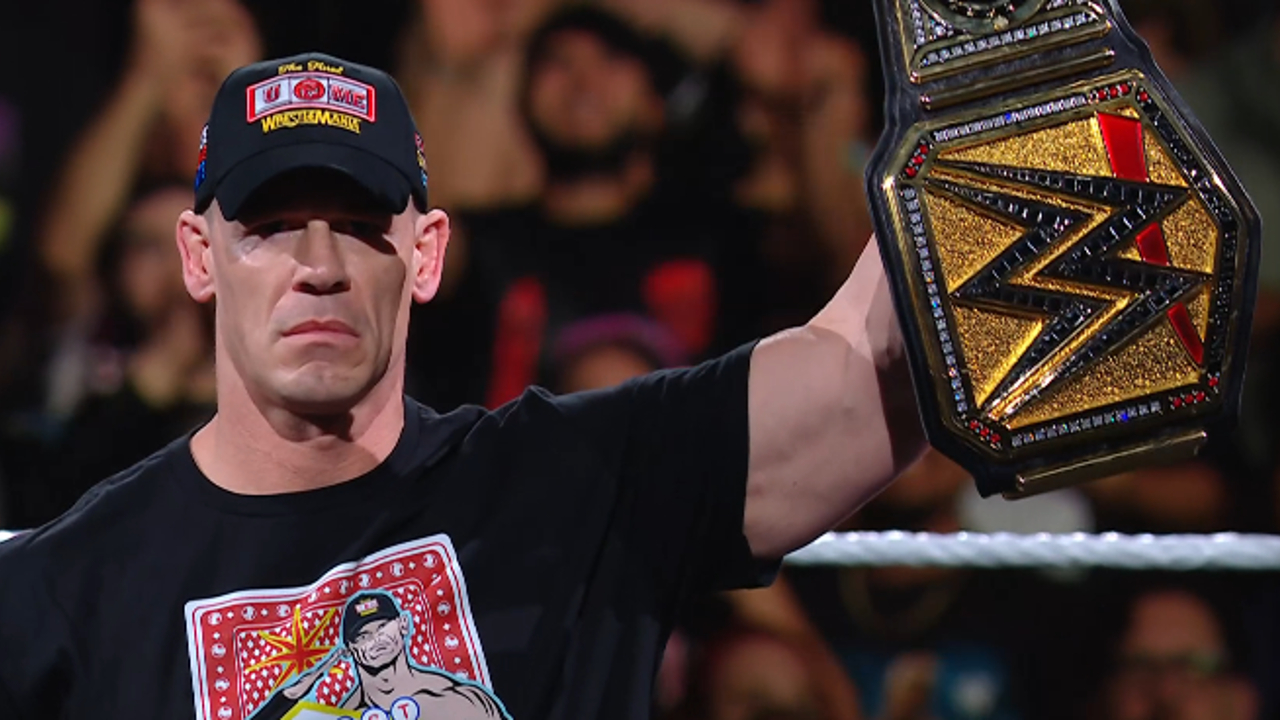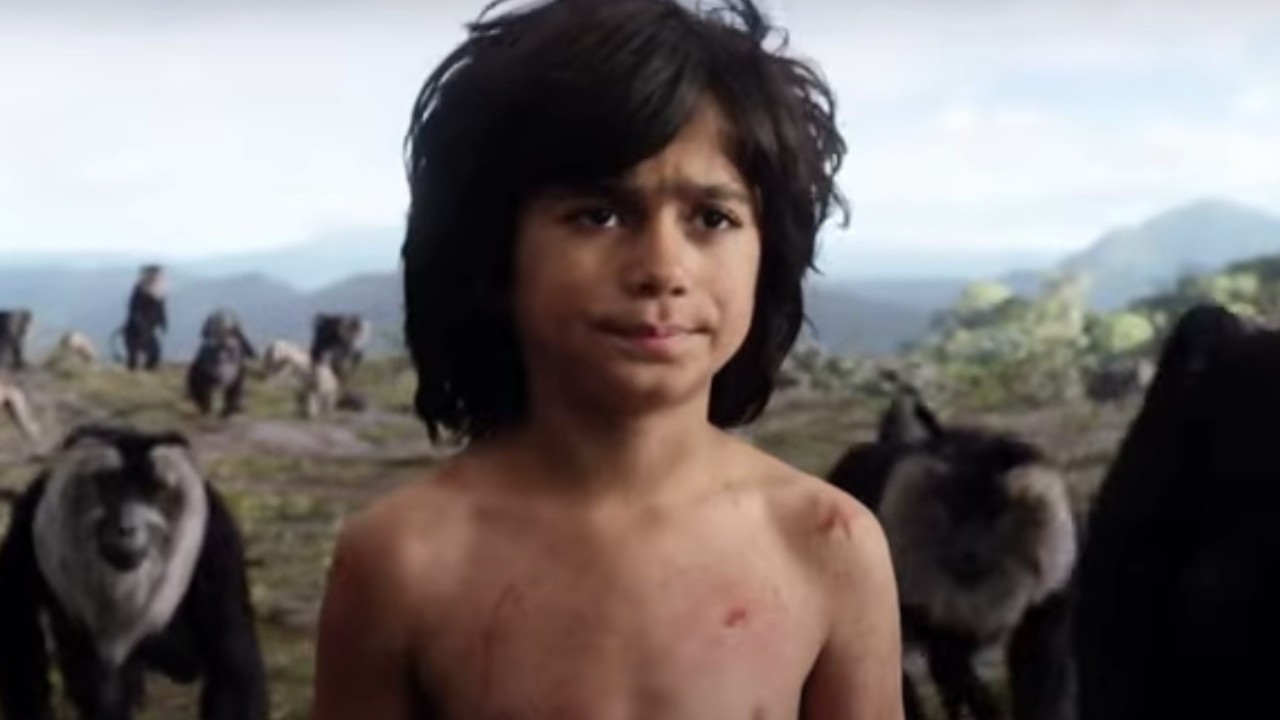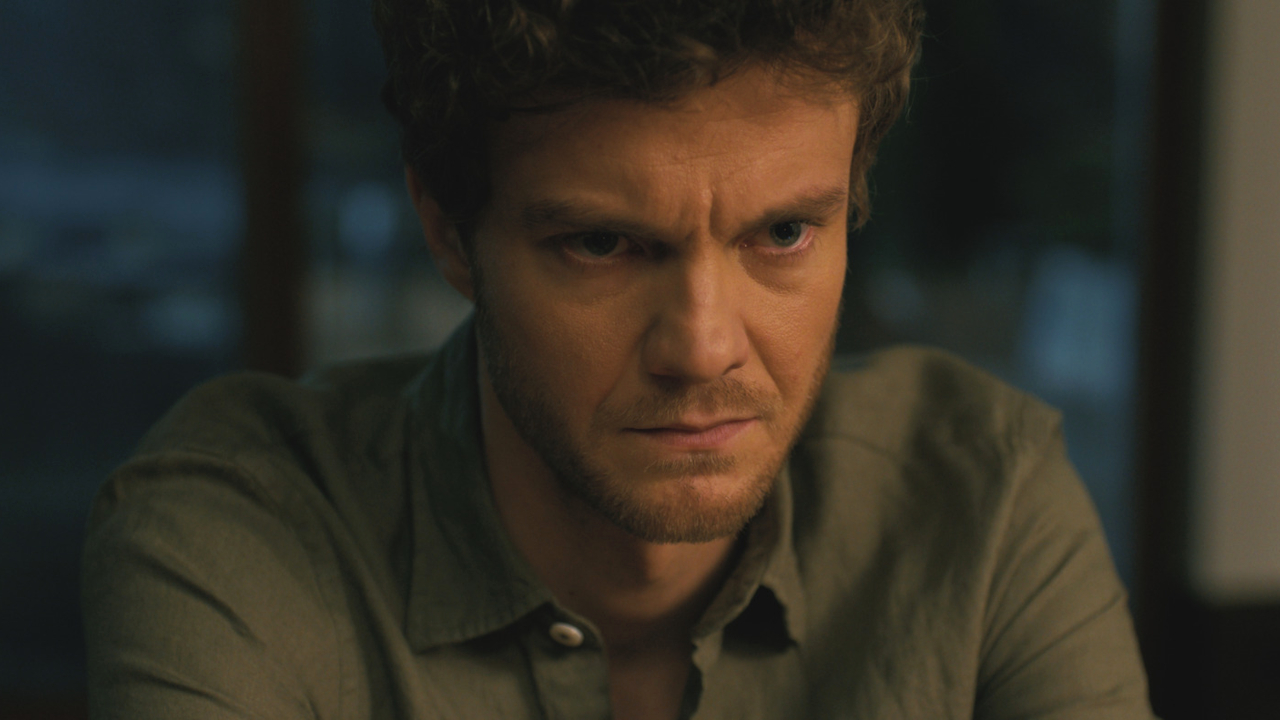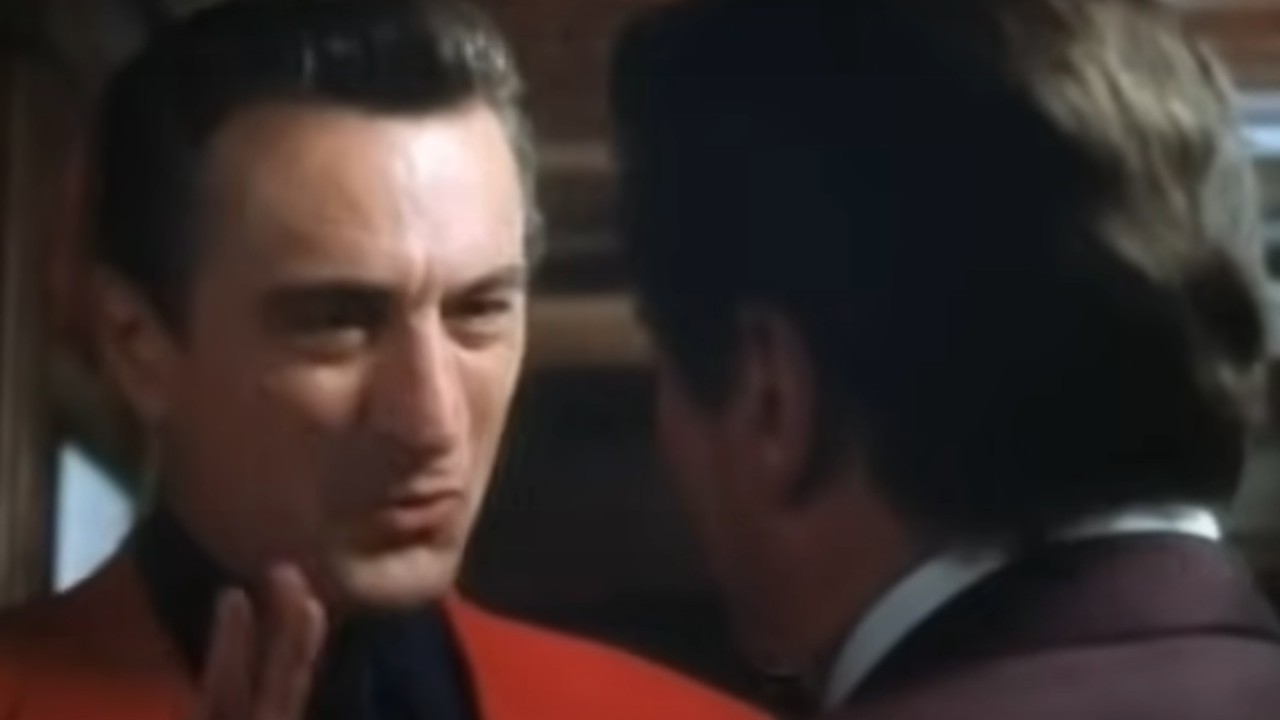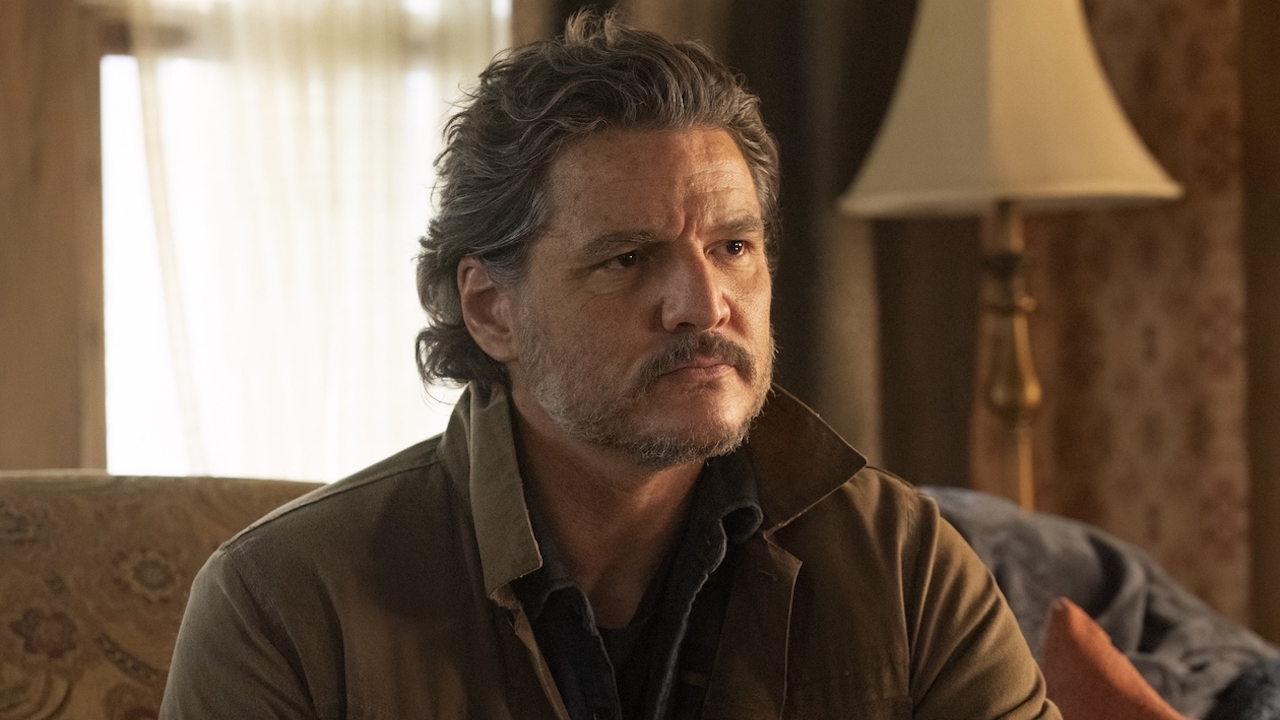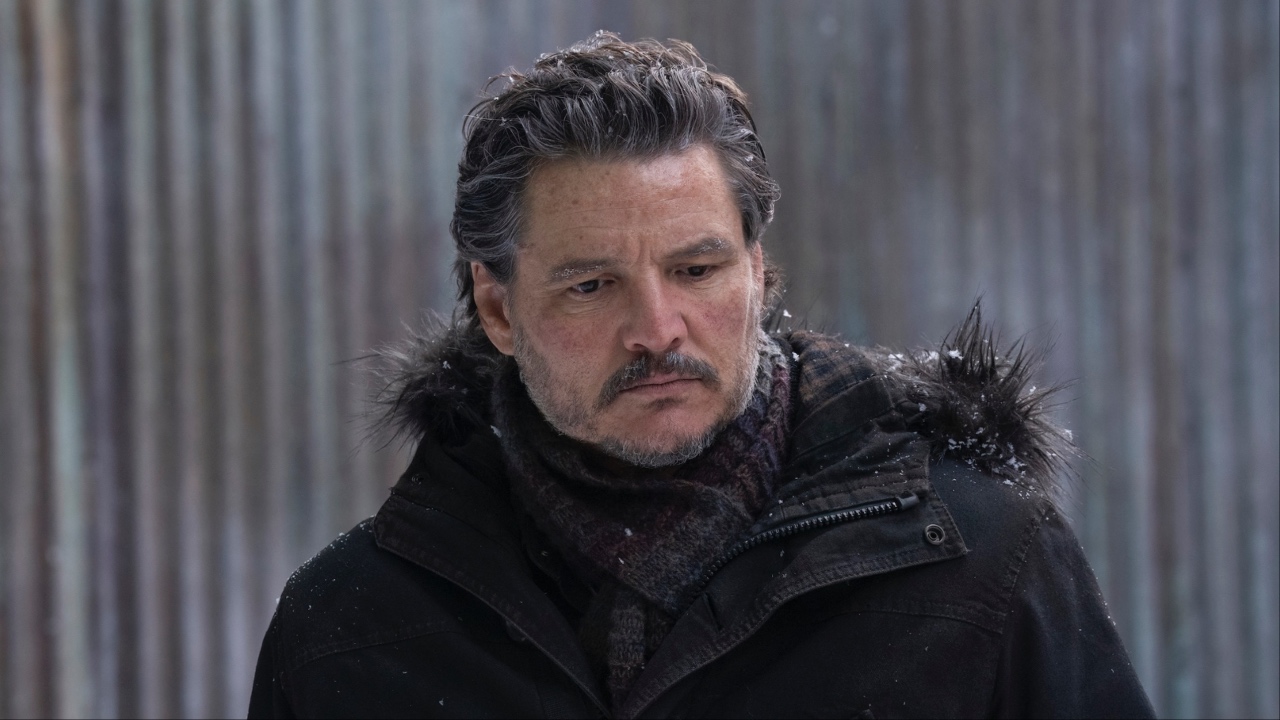The Flash: It’s The 10th Anniversary Of The Original Crisis Date, And There’s One Big Reason Why I Wish The DC Show Had Reached This Milestone
We finally hit the big day.
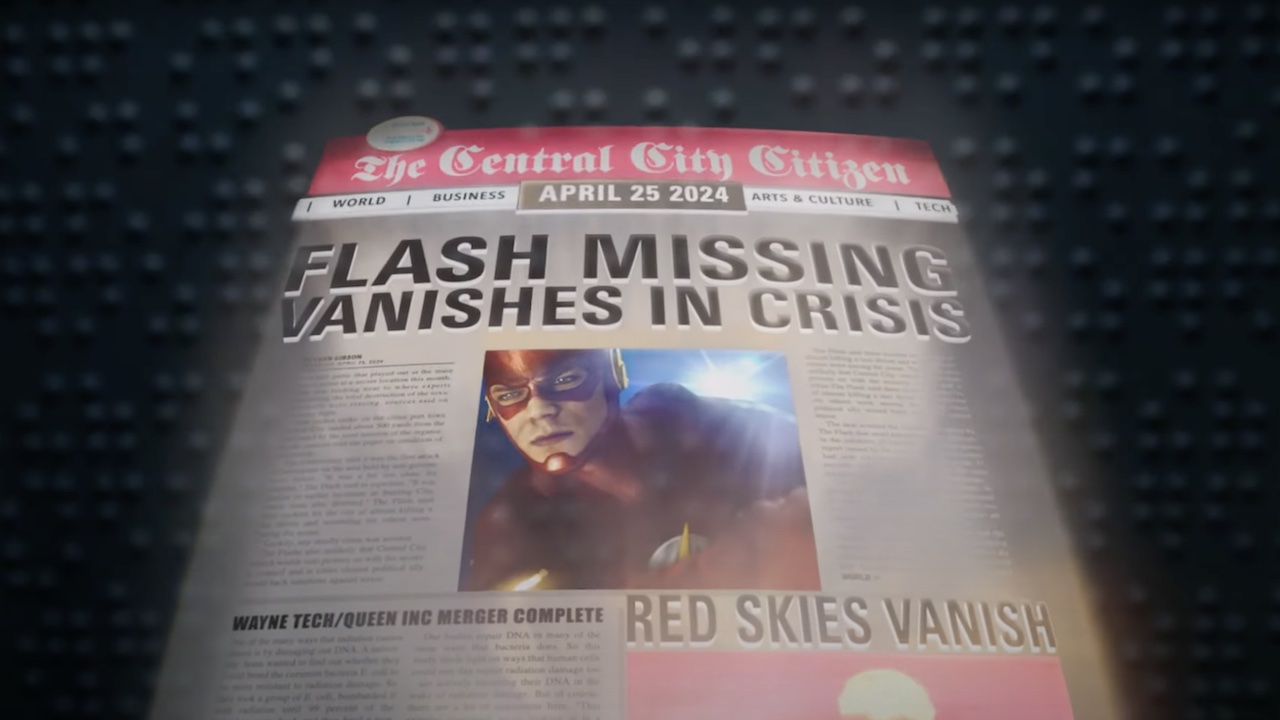
Today is April 25, 2024, and for fans of The CW’s The Flash, a show I’d covered since the start of my CinemaBlend career, that date holds importance. At the end of the DC TV show’s first episode, which aired on October 7, 2014, Tom Cavanagh’s Harrison Wells, later revealed to Eobard Thawne/Reverse-Flash, pulled up a holographic display of the front page of The Central City Citizen, with the main headline reading, “FLASH MISSING VANISHES IN CRISIS,” as seen above. Not only was this our first indication that Wells was not all he appeared to be, but it teased that The Flash intended to adapt the “Crisis on Infinite Earths” storyline someday. And while the article byline later changed from Evan Gibson to Iris West-Allen, the 2024 date stuck for several years.
Then came The Flash Season 5 finale, when, after Cicada’s dagger was destroyed and the original version of Nora West-Allen was erased from the timeline, the Crisis date was moved up to December 10, 2019. Sure enough, The CW kicked off the five-part “Crisis on Infinite Earths” in early December 2019, and the event wrapped up in mid-January 2020. While I understand the various reasons why it was necessary for the Anti-Monitor Crisis to happen earlier than initially teased, there is one big reason I wish the original Crisis date had stuck that’s specifically tied to Grant Gustin’s Barry Allen, one of the Arrowverse’s most important superheroes.
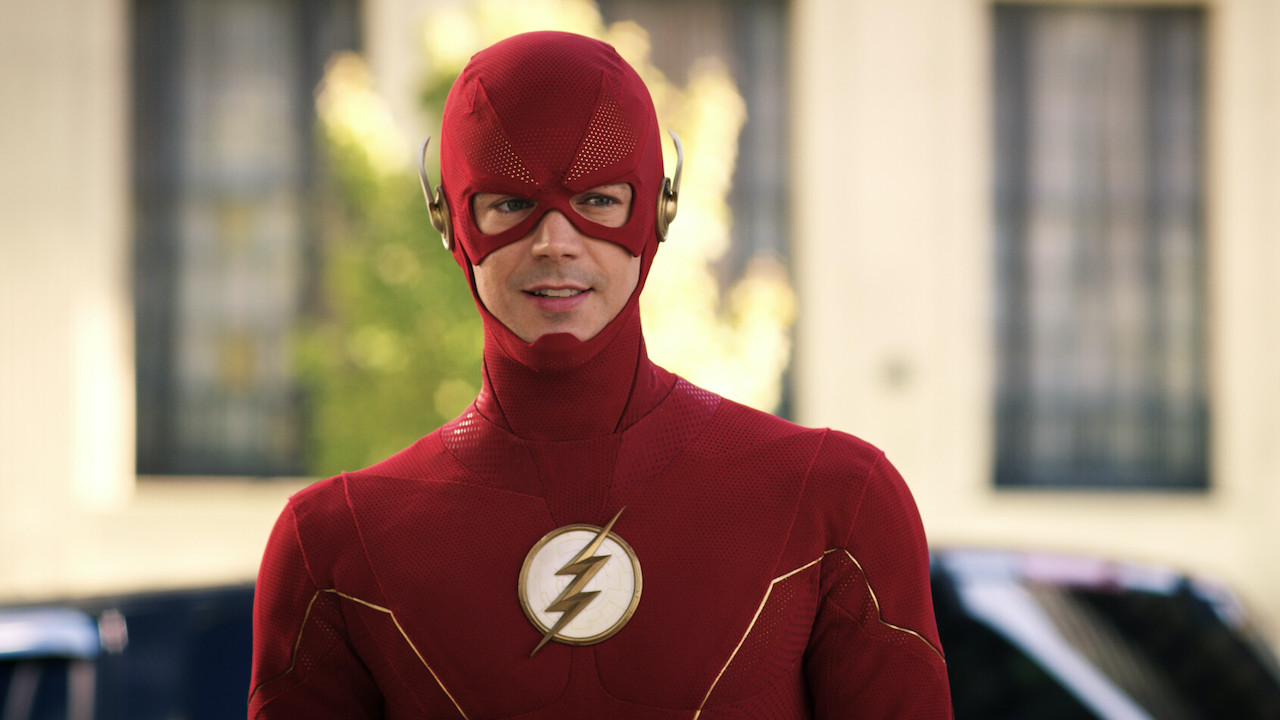
It Would’ve Been Great To Meet A More Experienced Barry Allen
When that newspaper headline was shown at the end of “Pilot,” it was the audience’s first indication that Barry Allen had a bright future ahead of him as a superhero. We only just watched him make his debut as the Scarlet Speedster and defeat Clyde Mardon, the first Weather Wizard, but within a decade’s time, the denizens of Central City would know him well, meaning his disappearance during an apocalyptic event where the skies turned red would obviously make front page news. Well, sometimes I wish we’d gotten to see this version of Barry in action… or rather, one close to him.
Because Eobard Thawne arranged for Central City’s partial accelerator to be built seven years earlier, there was no way this exact version of Barry Allen would ever appear since he didn’t gain his super speed until 2020. However, even after the accelerator exploded in 2013 instead, Thawne’s newspaper headline remained the same, meaning Barry was still on track to disappear in 2024. Now, however, he’d have an entire decade of superhero experience under his belt rather than just four years, and it would have been great to meet this Barry.
When the revised Anti-Monitor Crisis happened, Barry had been The Flash for roughly five years, so it’s not like he was an inexperienced superhero. Still, I would’ve been delighted to see how a Barry Allen we’d been watching on TV for 10 years would have handled the Crisis. It also would have allowed to show to fully cyclical, as this Barry would finally disappear, as promised in 2014, and then we’d hopefully get to see what happened to him in the aftermath.
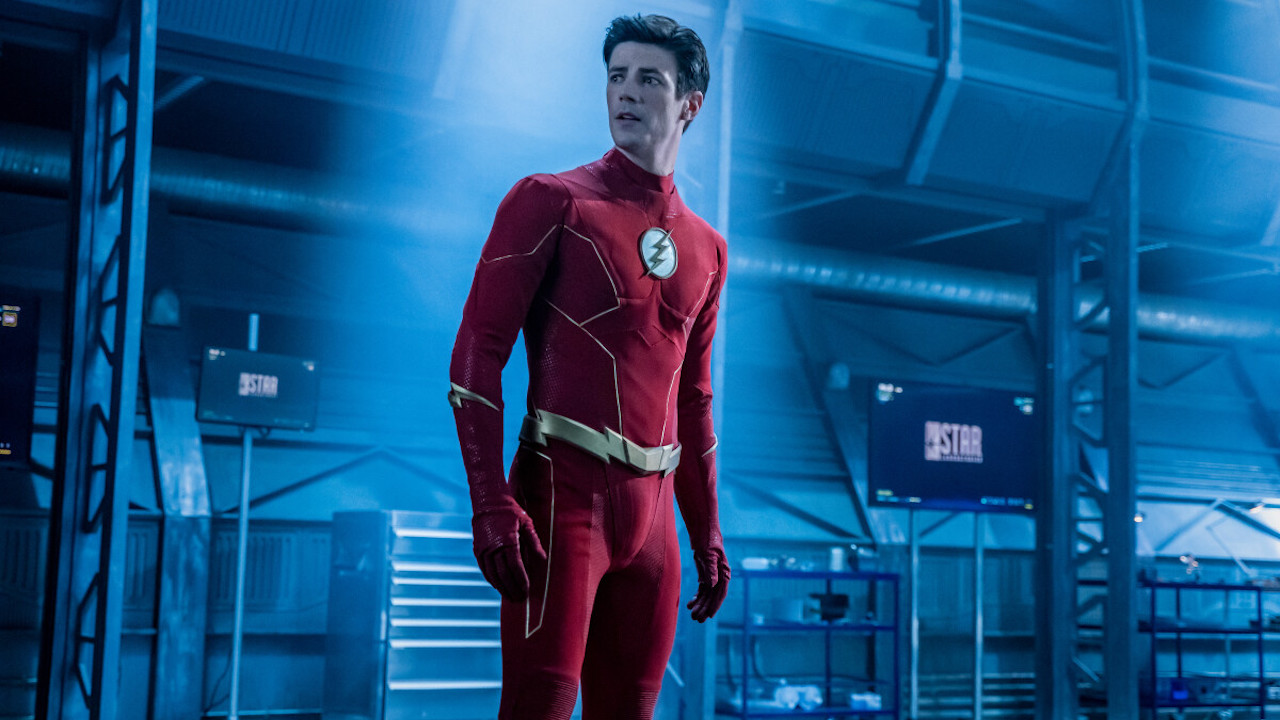
Why The The Original Crisis Wouldn’t Have Worked
But as mentioned earlier, I get why the Anti-Monitor Crisis couldn’t happen on April 25, 2024. For one thing, The Flash learned heavily on time travel throughout its run, so eventually there was going to come a time where the Crisis date would have needed to be changed, even if ever so slightly. Perhaps more importantly though, there wouldn’t have been any way to guarantee The Flash could hit ten seasons. Ultimately the show came to an end last year after nine seasons. Imagine how disappointed fans would have been if the show had wrapped up without ever reaching Crisis.
Also keep in mind that by the time The Flash ended, it was the last of the main Arrowverse shows airing. So even if Crisis had shifted to 2023 instead, there’s no way this could have been a multi-show crossover, and would have needed to be strictly confined to The Flash. While part of me is intrigued by how that would have looked, especially if it would have comprised the show’s final episodes, I think what we ended up getting was better.
CINEMABLEND NEWSLETTER
Your Daily Blend of Entertainment News
Besides, even though the Crisis unfolded differently in the revised Arrowverse timeline, there was still a great way that The Flash delivered a full circle moment before its conclusion. It’s generally understood that in the show’s original timeline, Barry disappeared from the Anti-Monitor Crisis because he was chasing Reverse-Flash back to the year 2000, when the yellow-garbed speedster intended to kill Barry as a child in the hopes that his nemesis would never become Flash. While the circumstances behind how he ended up in 2000 changed, fans still got to see the “main” Barry prevent his adolescent self from being murdered and then wave off his Season 1 self from stopping Nora’s death, as seen below.
We’ll never know the fate of the future Barry Allen who fought in the 2024 Crisis, nor will we learn what specifically unfolded in that original Crisis beyond the few tidbits seen from the newspaper. Still, while some may think that “Crisis on Infinite Earths” ruined the Arrowverse, I liked the majority of it and am certainly glad we got it at all versus never getting to the Crisis at all. Still, now that we’ve hit April 25, 2024, I’m reminded about how cool it would’ve been to see what originally happened to Barry on this date, but alas, it’ll just continue being left up to the imagination.
All nine seasons of The Flash can be streamed with a Netflix subscription, and Grant Gustin has said he’d be game to reprise Barry Allen if James Gunn, the head of DC Studios, asked him to do it. If that happens, we’ll let you know, but until then, learn what’s ahead for this corner of the superhero media market with our upcoming DC movies and upcoming DC TV shows guides.

Connoisseur of Marvel, DC, Star Wars, John Wick, MonsterVerse and Doctor Who lore, Adam is a Senior Content Producer at CinemaBlend. He started working for the site back in late 2014 writing exclusively comic book movie and TV-related articles, and along with branching out into other genres, he also made the jump to editing. Along with his writing and editing duties, as well as interviewing creative talent from time to time, he also oversees the assignment of movie-related features. He graduated from the University of Oregon with a degree in Journalism, and he’s been sourced numerous times on Wikipedia. He's aware he looks like Harry Potter and Clark Kent.
